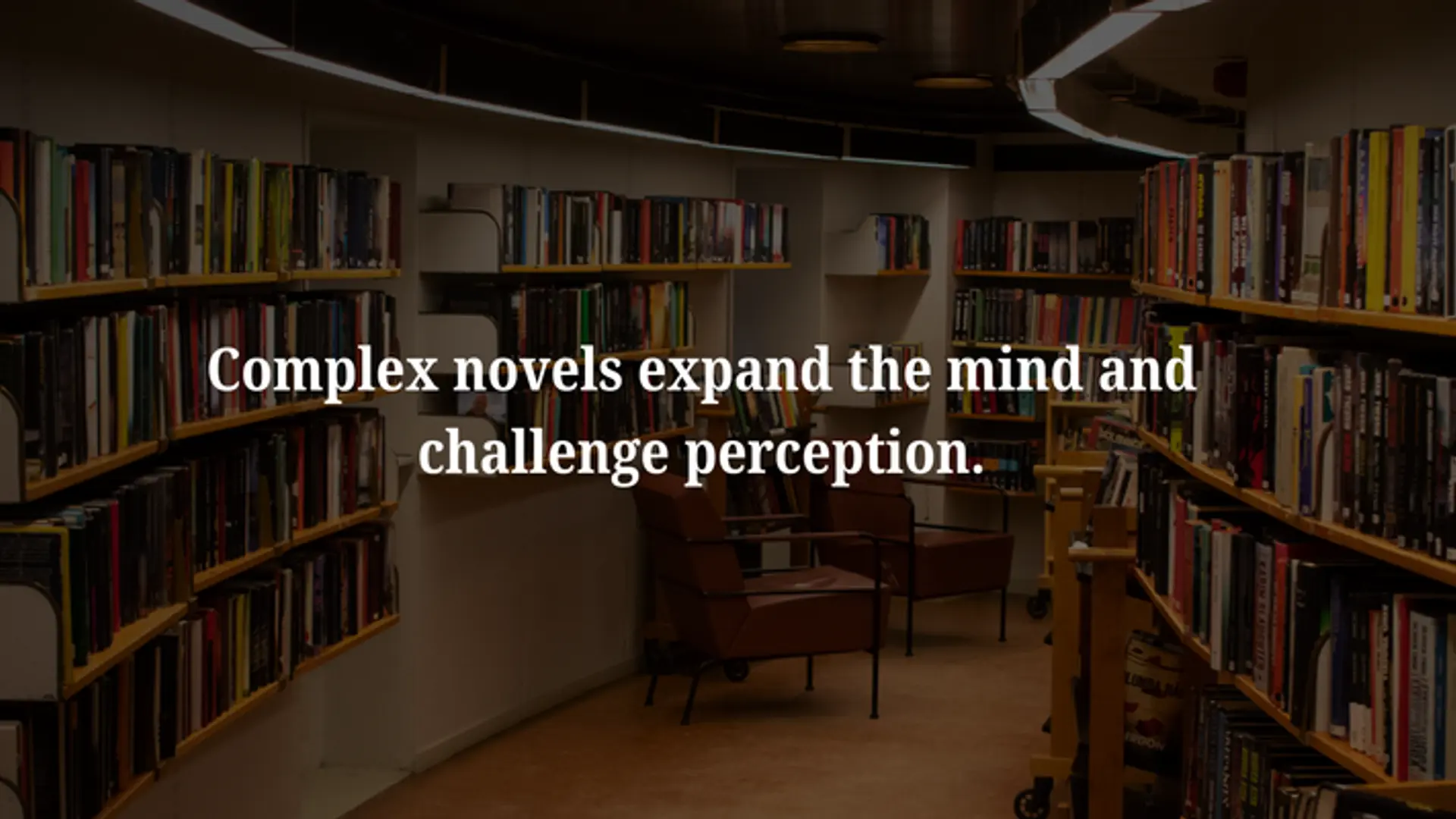Fast, but furious: Quick commerce concerns burn billions from Zomato, Swiggy market caps
Swiggy and Zomato lose a total $12 billion from their market caps as surging quick commerce investments and slowing growth in core food delivery business affect investor sentiment.
What started as a recipe for success is now leaving a bitter taste for investors—at least in the short term. Zomato and newly-listed Swiggy are betting big on growth through quick-commerce but the spending required to ward off intense competition in the sector is spooking investors and has wiped off billions from the market cap of these two companies.
Since 2025 began, Swiggy's shares have plummeted 37% to Rs 341.40, while Zomato's stock has slumped nearly 22% to Rs 214.70 on the NSE. That's roughly $5 billion and $7 billion wiped off their respective valuations.
For Swiggy, which made its stock market debut in November 2024, the decline has been particularly steep. Its shares touched an all-time low of Rs 326.20 on February 12, valuing the company at Rs 74,000 crore ($8.5 billion)—well below its last private market valuation of $10.7 billion. Swiggy's market capitalisation was $11.7 billion at the time of listing.
Shares of Swiggy opened 2.77% higher at Rs 350 apiece, while Zomato opened 1.7% higher at Rs 218 apiece on NSE. Broader market index NIFTY50 also opened 0.25% higher today.
Both companies have been forced to pour money into their instant delivery arms to fend off competition from Zepto—which has gobbled up over a billion dollars in funding last year—and deep-pocketed newcomers like Flipkart and Amazon.
The December quarter saw both platforms aggressively expand their dark store networks—Zomato's Blinkit added 216 while Swiggy opened 96 new locations. They've also been ramping up discounts and marketing spending to attract customers in new markets.
Swiggy also expanded the size of its existing stores to increase its assortment with higher ticket categories like wearables and personal electronics.
The impact is already showing up on the bottomline. Blinkit's contribution margin, as a percentage of gross order value, in the overall business, fell from 3.8% to just 3% on a YoY basis during the third quarter.
"While the space is well-capitalised, it is likely to see a supply glut (of dark stores) by the end of FY26/27, as many players in this land (monthly transacting users) grab phase overshoot the opportunity, thereby diluting order density (especially in top cities). Beyond top cities, let’s be realistic—quick commerce is still an experiment," said HDFC Securities in a note while initiating coverage on Zomato last week.
While quick commerce is currently in an "early high-growth, high-competition" phase, which calls for significant capital investments, investors are also worried about lackluster growth in their core food delivery business.
Both Swiggy and Zomato's food delivery segments grew much slower. Zomato's food delivery revenue rose 21.59% YoY to Rs 2,072 crore in the October to December quarter, but it grew just 3% quarter-over-quarter. The company has been reporting slower sequential growth in gross order value (GOV) over the past three quarters. Swiggy's core food delivery business, clocked a topline of Rs 1,636 crore, with a marginal growth of 3.7% from the previous quarter. On a year-on-year basis, this growth was more than 23%.
However, Swiggy's food delivery business witnessed an improvement in adjusted EBITDA margin, from 1.6% in the September quarter to 2.5% in Q3.
"We now expect Swiggy’s food delivery business growth to sustain at 19-20% over the medium term due to growing penetration of Bolt/Swiggy HDFC co-branded credit card," noted JM Financial in a note, holding its 'buy' recommendation on the stock.
But Motilal Oswal saw it differently. "We do not foresee a meaningful acceleration in the food delivery business in the near term at the GOV level, as we believe Bolt and 10-minute food delivery could lead to lower average order value growth too," it said in a brokerage note issued last week.
"Challenging macros continue to weigh on the FD (food delivery) business, and management believes growth could slow down for the industry as a whole despite the recent consumption push," said Motilal Oswal.
The Indian food delivery market has largely stabilised as a duopoly for both the players, leaving quick commerce as the next winning stroke. And a lot depends on execution here. "While food delivery business remains stable; there are early signs that the execution variance in quick commerce is widening," HDFC Securities said in its latest research note on Swiggy.
With consumers and investors switching between multiple quick commerce platforms, the companies are locked in a struggle to expand, retain consumers, and hold onto their unit economics fundamentals.
Edited by Jarshad NK and Nikhil Patwardhan








